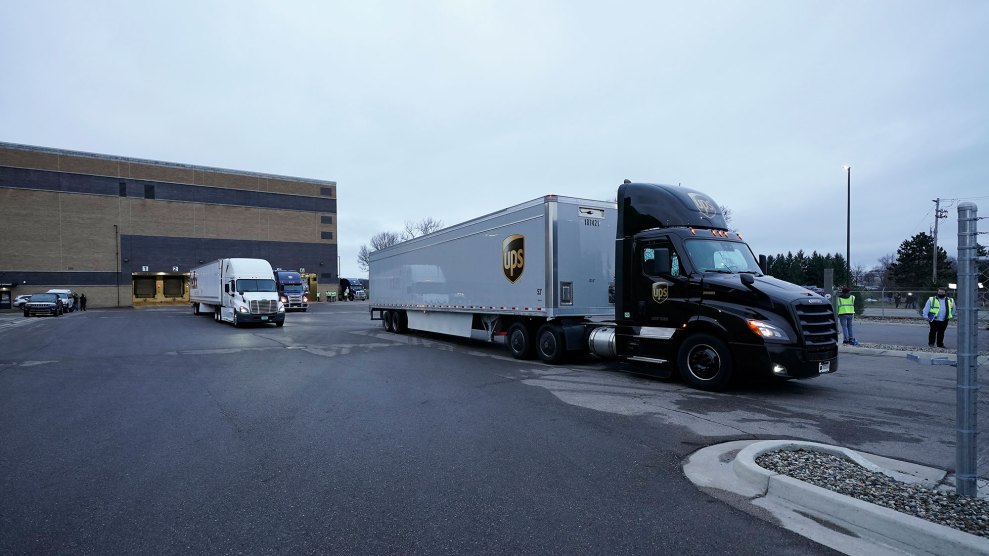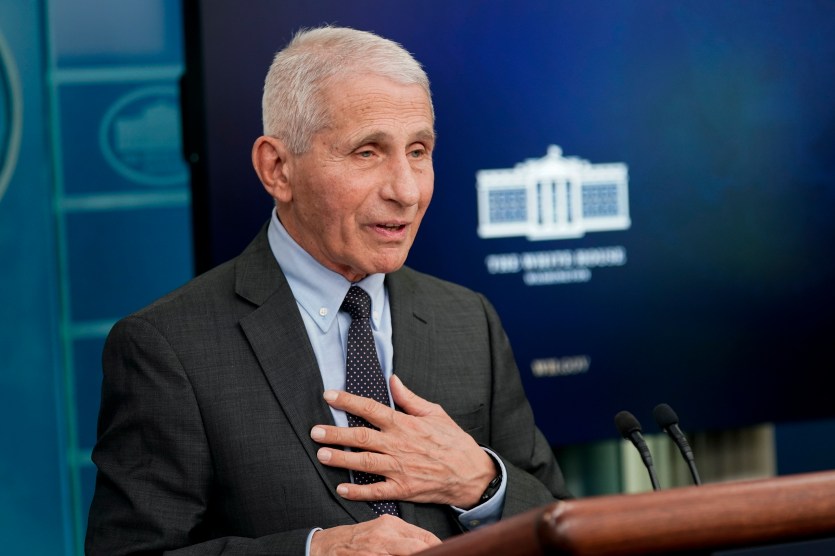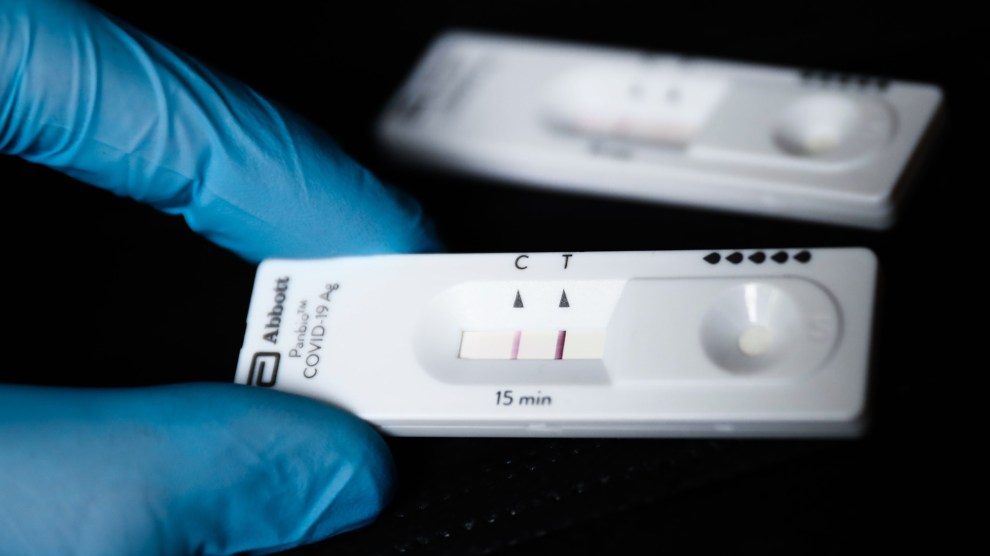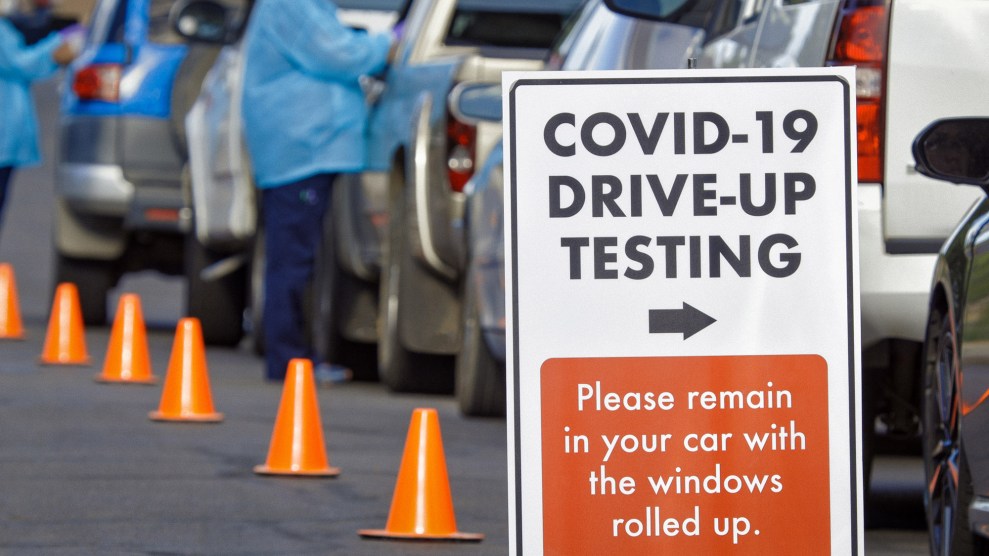
A truck loaded with the Pfizer-BioNTech COVID-19 vaccine leaves the Pfizer Global Supply Kalamazoo manufacturing plant in Portage, Mich., Sunday, Dec. 13, 2020.AP Photo/Morry Gash, Pool
As the United States ends its deadliest week since the beginning of the coronavirus pandemic, the first trucks full of COVID-19 vaccines have left a manufacturing facility Sunday morning, marking the start of the biggest vaccine distribution effort in US history.
Many people awoke this morning to images and videos of UPS semi trucks full of vaccines pulling out of a Kalamazoo, Mich., warehouse just two days after the Food and Drug Administration’s emergency approval of the Pfizer vaccine. The first batch of about 3 million vaccines is expected to reach high-risk health care workers and nursing homes.
Watch: Workers at a Pfizer plant in Kalamazoo, Mich., packed boxes of the Pfizer-BioNTech vaccine on Sunday morning and loaded them onto trucks. Nearly 3 million doses are expected to reach all 50 states this week. https://t.co/WYGjsPE0Yk pic.twitter.com/XaleBwgfxJ
— The New York Times (@nytimes) December 13, 2020
The New York Times reports that after vaccines were packed in dry ice and loaded on to the trucks Sunday, “workers applauded as the first truck left the plant carrying a load of the vaccine.”
UPS and Fedex are working together to handle the staggered distribution of the vaccine getting it 636 locations across the country. The two shipping giants (who usually compete instead of working hand in hand) will monitor and track all vaccine shipments closely, and also alert all delivery drivers and pilots so they know they’re carrying a vaccine package.
The FAA alerted airports nationwide that they should be fully prepared for aircraft carrying the vaccines. “This includes both those airports identified for shipments that will transition at airports as well as those that that may serve as alternate/divert airports, even if they will not be a primary destination for aircraft carrying COVID-19 vaccines.”
Pfizer’s vaccine is estimated to be about 95 percent effective, and it has already been approved in the United Kingdom and Canada. It’s one of several vaccines developed in record speed as the coronavirus pandemic expected to be approved for use in the United States. Almost 300,000 people have died of COVID-19 in the United States and more than 16 million have been infected. In the last few weeks the numbers spiked in many states as millions of people continued to ignore CDC recommendations against traveling for the holidays. This morning, former CDC director Tom Frieden took to Twitter to warn that while help is on the way, Americans must still work hard to prevent the spread of the virus:
The virus currently has the upper hand, and it will be many months before there's enough vaccine for most people to get it. At this moment, please stay as safe as you can.
— Dr. Tom Frieden (@DrTomFrieden) December 13, 2020















